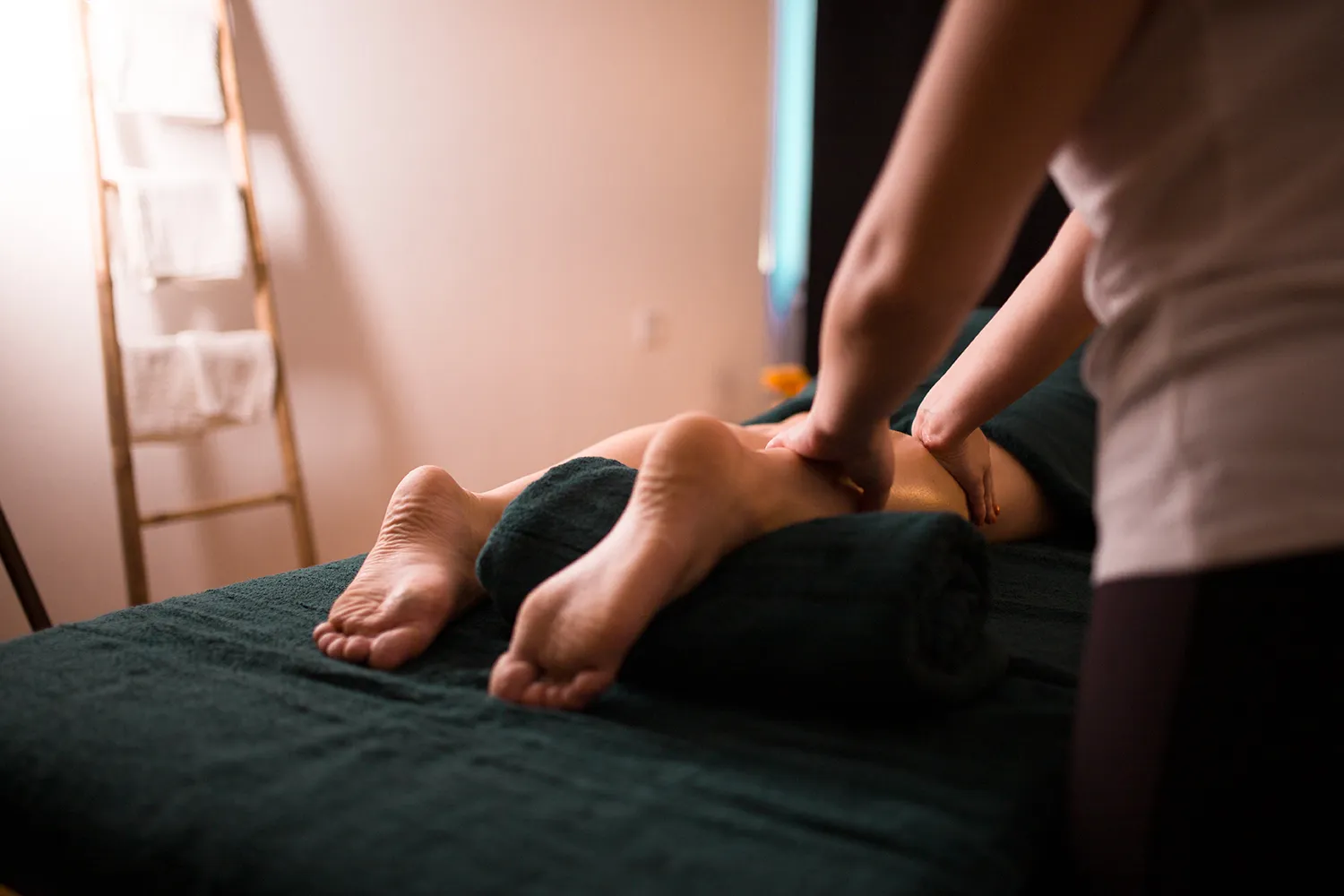Meaningful, effective treatment is a collaborative partnership between therapist and patient.
My goal is to create lasting and meaningful health changes. For that to be possible, patients must embrace responsibility for their health and actively participate in the process. Often, health challenges can seem daunting and insurmountable. My role as a therapist and coach is to provide resources to make progress and change easier and more achievable. These resources may include assessment, manual soft tissue therapy, exercise knowledge and prescription, and general health advice. Key areas that require individual attention include:
- Lifestyle
- Emotional and Psychological Well-being
- Exercise
- Environmental Factors

It is important to note that the categories outlined above are intimately related. They don’t exist in isolation and have a profound follow-on effect and influence on each other.